Philips PUS8359 is a television that captures attention primarily due to its three-sided Ambilight system. The adaptive backlighting enhances the viewing experience, especially in the evening – the light behind the screen adds atmosphere when watching movies and makes the interior look more interesting. It’s a really nice addition, especially if we like unconventional solutions. For gamers, this model can be a good choice to start with. The low input lag of less than 10 ms ensures quick responses, and the Automatic Game Mode adjusts the settings for smooth gameplay. If we play occasionally, the television performs well, but it is not exactly equipment for those looking for top-notch experiences. As for everyday use, it’s not perfect. The Titan OS looks simple, but it lacks many popular applications, which can be frustrating. Additionally, the interface can sometimes operate slower than we’d like – switching apps or jumping between settings may occasionally require patience. If we have previously used more advanced systems like Android TV, Titan OS can be quite disappointing. And what about picture quality? This is where the problem arises. The panel offers average brightness and low contrast, so in bright rooms the image may look pale. In darker scenes, black becomes more gray, which takes away details. HDR? We shouldn’t count on great effects – the lack of Dolby Vision and limited technical capabilities mean that HDR content does not leave a significant impression. Philips PUS8359 is a television that works great for fans of Ambilight and those seeking basic functions. It performs well in gaming, and evening screenings with impressive backlighting will gain additional atmosphere. However, if we care about high picture quality or an advanced Smart TV system, it’s worth looking for other models. This television is a proposition for those who do not expect too much and want something simple with an interesting visual effect.
- Matching (Score)
- Our verdict
- TV appearance
- Where to buy
- Contrast and black detail
- HDR effect quality
- Factory color reproduction
- Color reproduction after calibration
- Smoothness of tonal transitions
- Image scaling and smoothness of tonal transitions
- Blur and motion smoothness
- Console compatibility and gaming features
- Input lag
- Compatibility with PC
- Viewing angles
- TV efficiency during daytime
- Details about the matrix
- TV features
- Apps
- Playing files from USB
- Sound
Philips PUS8359 (IPS) vs Samsung U8000F (IPS)
Direct compare
Check the best price offer:
Samsung U8000F (IPS)PUS8359 / PUS8349
U8000F / U8092F
Available screen sizes: 55”

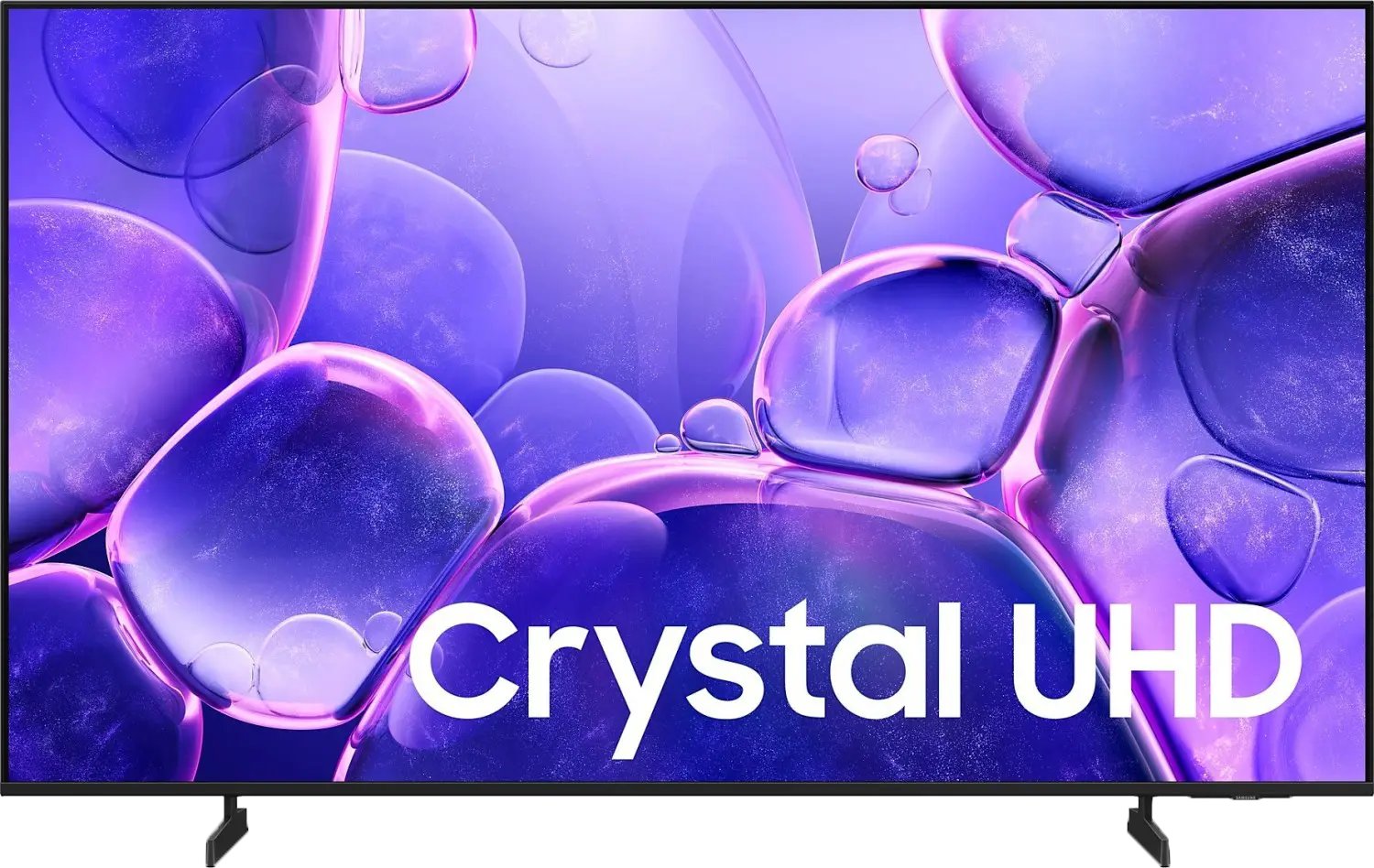
Panel type: LCD IPS
Resolution: 3840x2160
System: Titan OS
Model year: 2024
Complete the survey to find out the result

Panel type: LCD IPS
Resolution: 3840x2160
System: Tizen
Model year: 2025
Complete the survey to find out the result

Overall rating
5.2
5.3
Movies and series in UHD quality
4.3
4.8
Classic TV, YouTube
4.5
4.8
Sports broadcasts (TV and apps)
4.6
5.8
Gaming on console
6.2
6.3
TV as a computer monitor
6.0
6.0
Watching in bright light
4.3
3.4
Utility functions
5.7
5.6
Apps
7.0
8.3
Sound quality
6.1
5.7
Complete the survey to find out what fits your preferences
Advantages
Ambilight 3
Illuminated remote control
Basic functions for gamers
Low input lag
Support for all audio formats (Dolby and DTS)
Advanced Smart system: Tizen
Good viewing angles (IPS Matrix)
Great for text work - displays fonts excellently
Low input lag
Basic features for gamers - VRR and ALLM
Disadvantages
Poor black and contrast
Average brightness
Limited TitanOS system
Low brightness
Very poor black and contrast (IPS panel)
Worse appearance than its predecessor
Infrared remote
Our verdict
The U8000F is a very basic television that may find its buyers among those looking for the cheapest Samsung 4K with Smart TV. And that is exactly its purpose. Thanks to the Tizen system, this model really offers quite a lot in terms of smart features – the number of applications and possibilities may attract those who want a reasonably intelligent device at the lowest possible price. In terms of picture quality – it is average, which is not surprising in this class. Nevertheless, a few pluses can be found: fairly good viewing angles will work well for traditional TV watching from different parts of the room, and the basic features for gamers (like VRR and ALLM) may be sufficient for typical "Sunday" gamers. The PC mode also deserves a plus – the television handles displaying fonts very well, so it can also serve as a cheap monitor. Of course, this is not a model that can be recommended to everyone "sight unseen." But if someone is looking for an affordable Samsung with a 4K resolution and a solid Smart system, then the U8000F is just that kind of device.
TV appearance





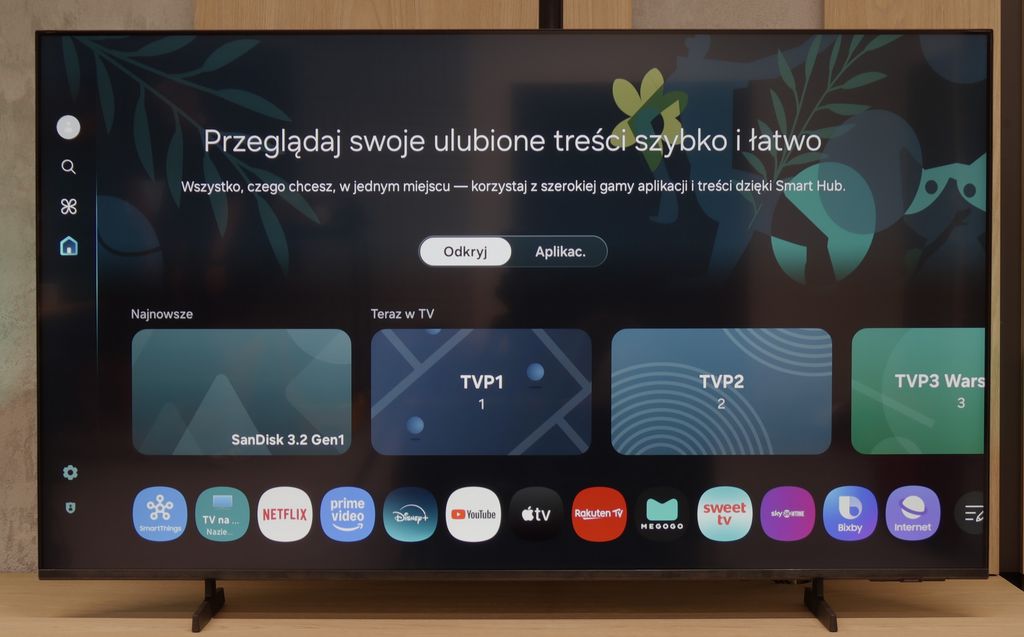
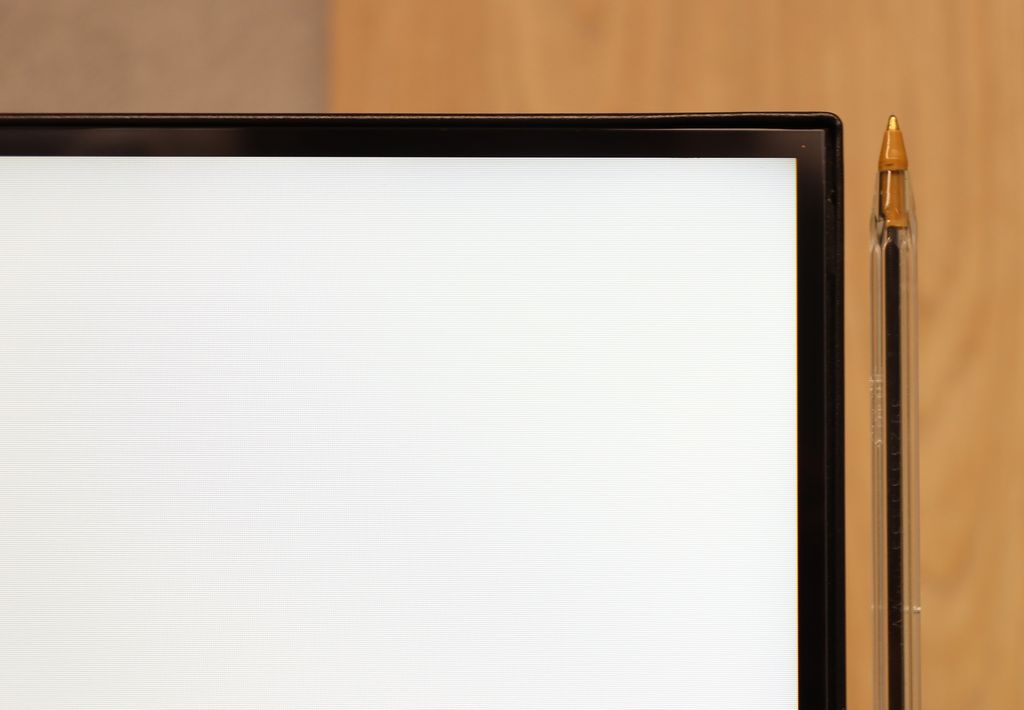

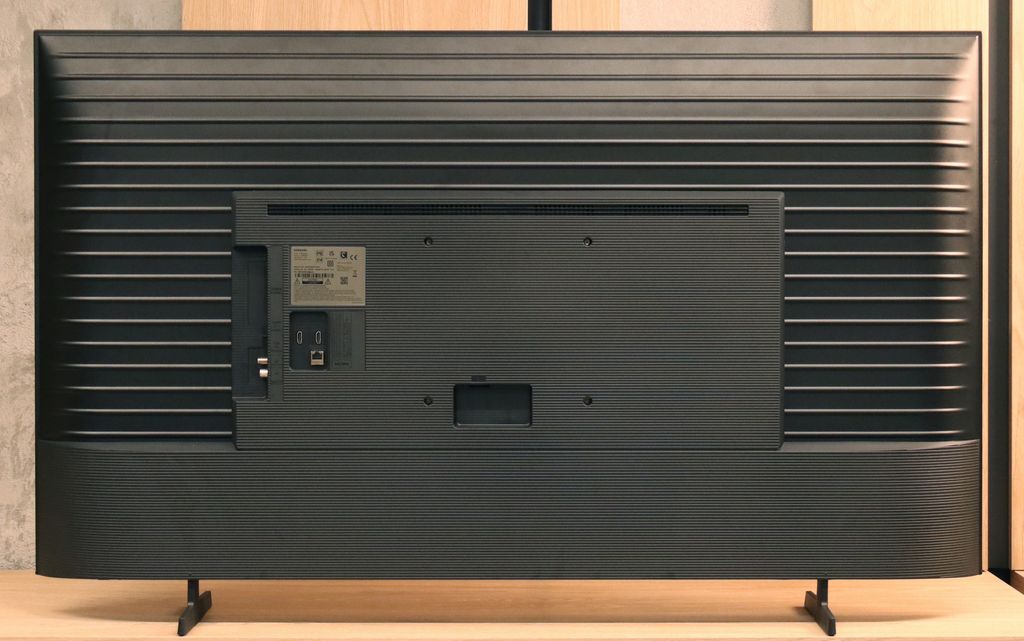
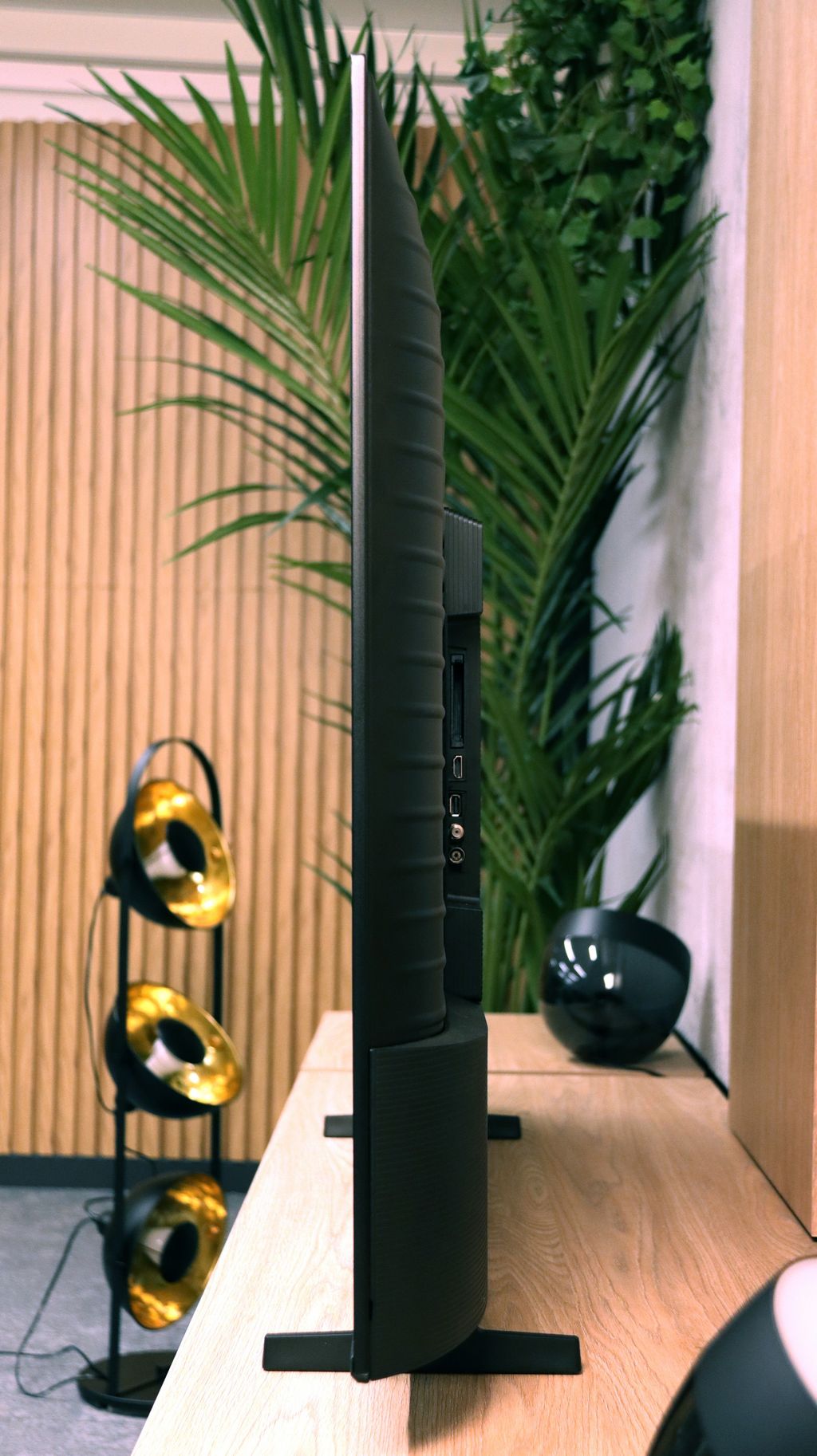
Contrast and black detail
1.9/10
1.1/10
Local dimming function: No
Local dimming function: No
Contrast:

Result
1,000:1

Result
1,050:1

Result
900:1

Result
1,050:1

Result
850:1

Result
900:1

Result
800:1

Result
700:1

Result
700:1

Result
650:1
Halo effect and black detail visibility:

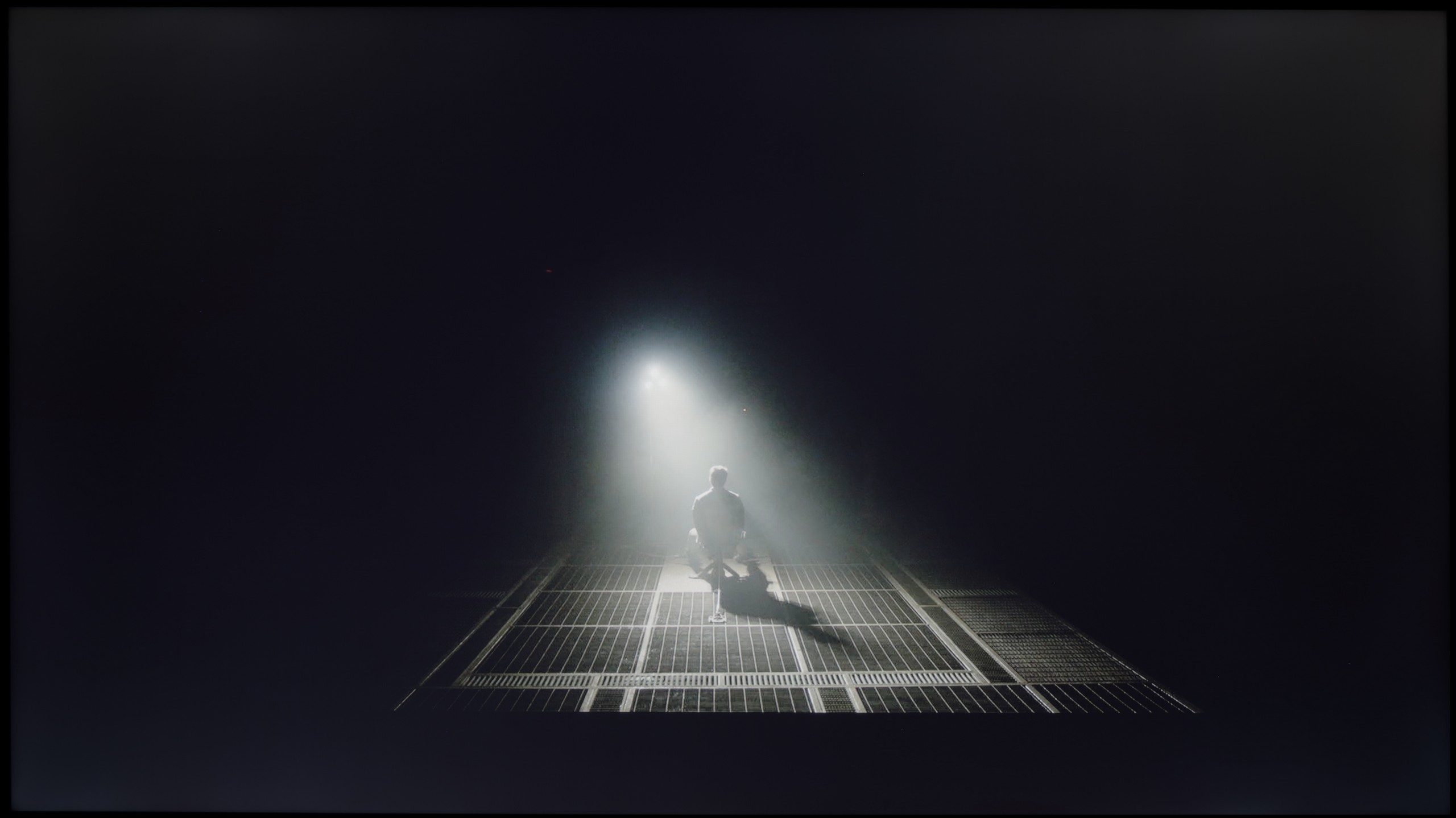

The Philips PUS8359/12 in 55" and 43" versions is based on an IPS matrix, which significantly affects contrast quality. Unfortunately, test results clearly show a very low level. Black, instead of resembling deep tar, appears more like silver ash, which is particularly noticeable when watching dark scenes. Such a level of contrast limits the ability to fully enjoy the image, especially for those who prefer viewing in dimly lit rooms.
The Samsung U8000F, more specifically the U8092F model in the 55-inch version, is equipped with an IPS panel. Let's be honest – this is not the best choice when it comes to displaying blacks and contrast correctly. The results in this category are just poor. The contrast is abysmal, and watching dark scenes with any kind of "cinematic" effect is nearly impossible. Additionally, the fact that the television lacks local dimming doesn’t help, making it hard to achieve better results. The only thing that deserves praise is the fairly decent uniformity of the panel – but that's more of a small consolation. Overall, it's not good. If you care about deep blacks and reasonable contrast, it's definitely better to go for the variant with a VA panel, which performs significantly better in this particular series.
HDR effect quality
3.6/10
2.7/10
Luminance measurements in HDR:

Result
240 nit

Result
225 nit

Result
285 nit

Result
236 nit

Result
280 nit

Result
191 nit

Result
224 nit

Result
241 nit

Result
79 nit

Result
234 nit
Scene from the movie “Pan” (about 2800 nits)


Scene from the movie “Billy Lynn” (about 1100 nits)


Static HDR10


Dynamic: HDR10+
Dynamic: HDR10+


HDR luminance chart:
Samsung U8000F (IPS)
Luminancja HDR
Luminance of RGB colors
Philips PUS8359 (IPS)
Luminancja HDR
Luminance of RGB colors
The quality of HDR effect on the Philips PUS8359/12 television is also not impressive. A brightness level of 280 nits is too low, resembling standard SDR more than true HDR, which is clearly visible on the five tested images. Additionally, the television does not impress in terms of color gamut coverage – just 76% DCI-P3 is a result that can be considered weak, especially compared to other models in a similar price range.
Better does not mean good – and that perfectly summarizes the capabilities of the U8092F when it comes to displaying bright movie scenes in HDR mode. The brightness of the panel is just under 250 nits, which is definitely too little to enjoy any lighting effects. An interesting situation was noted during the measurement of the fourth scene from the movie Sicario 2 – the television clearly dimmed the entire screen in an attempt to achieve better black levels (which are still weak). One could even suggest that the device uses some form of "global dimming," but unfortunately, the results are still very poor. To make matters worse, the television does not support a wide color gamut – the coverage of the DCI-P3 space is about 80%, so there’s no hope for truly vibrant colors. HDR images here look rather like lightly brightened SDR, and that's the form we would suggest sticking to when it comes to this television.
Factory color reproduction
4/10
6.5/10


Factory Mode
After calibration
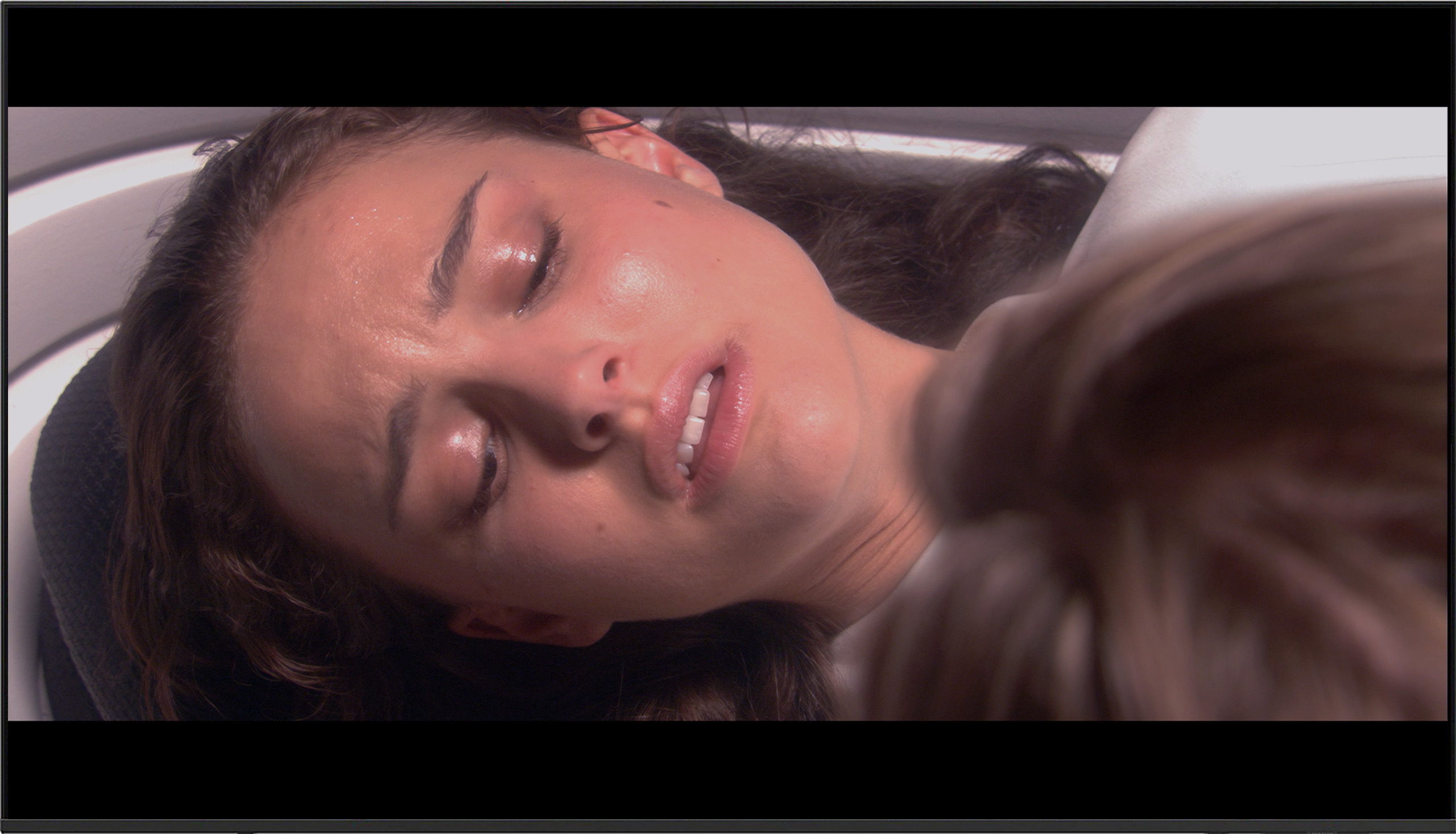
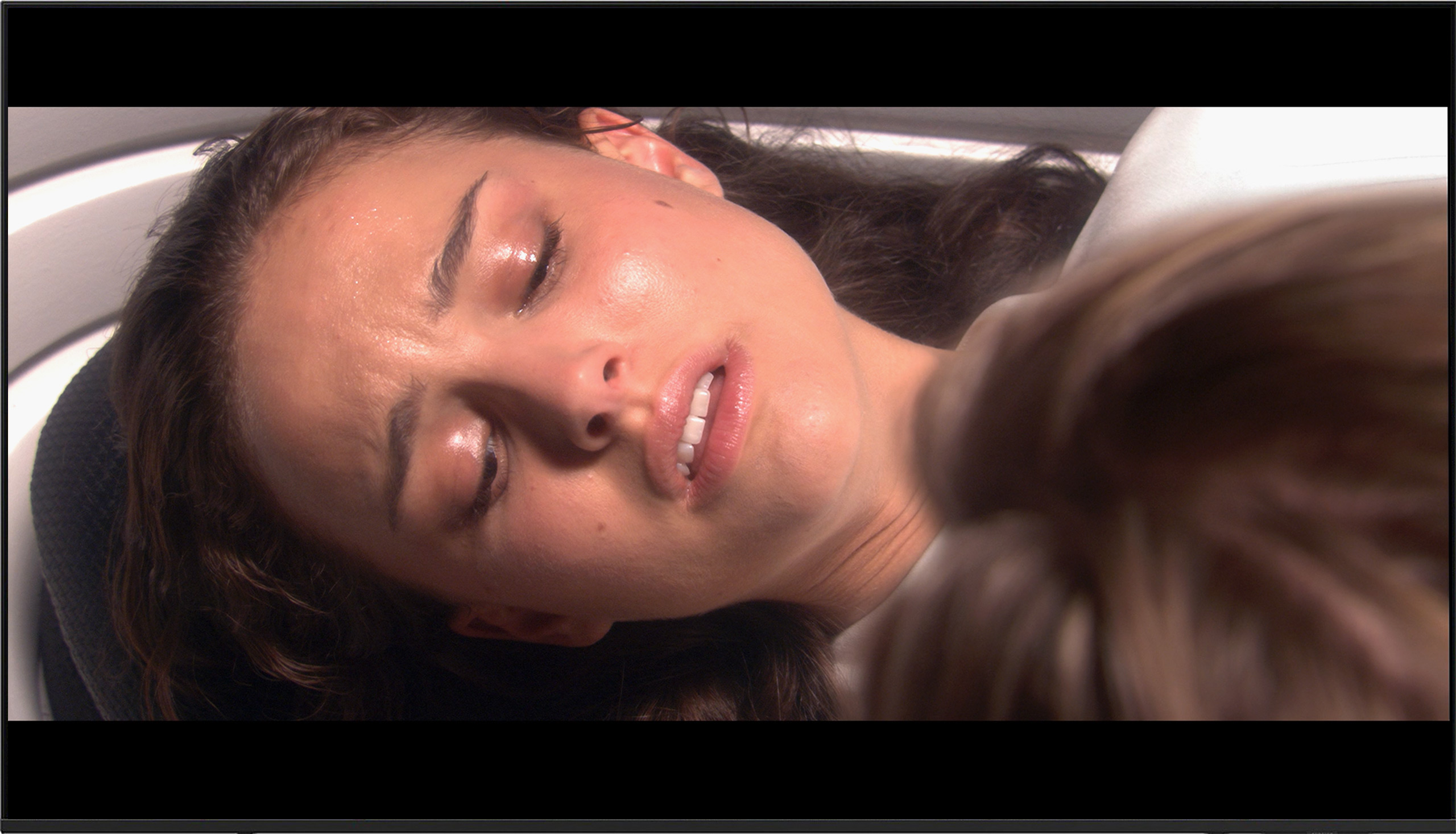
Factory Mode
After calibration
The "Film" mode turned out to be the most faithful in terms of compliance with the source material used in our tests. However, like other factory modes, it also had its drawbacks. In both SDR and HDR materials, we noticed issues with white balance, where the dominance of green and red resulted in a yellowish tint. This effect was particularly visible in the form of yellowed whites and unnatural skin tones. The "ColourChecker" palette test showed that every color was shifted towards warmer tones, which affected color accuracy. A key aspect of the image is also contrast and brightness, which can be evaluated by analyzing gamma charts and the EOTF curve. On the gamma chart, we observed significant deviations – both too high values causing loss of detail in the shadows and too low values leading to a drastic decrease in contrast. Compared to gamma, the EOTF curve performed better, only slightly brightening the image, which had a less negative impact on overall quality.
The Samsung U8000F was tested in the best possible picture mode built into the TV, which is Filmmaker Mode. This mode should – at least in theory – offer a cinematic, reference-quality image without unnecessary enhancements. For SDR content (mainly HD/SD), the TV performed surprisingly well straight out of the box. White balance errors hovered around a value of 3, which is roughly at the threshold of perception. The only complaint could be about brightness management – the gamma chart showed a slight tendency to brighten or darken certain areas, but overall it performed quite well for this price segment.
Unfortunately, it looks much worse in HDR mode. Although the white balance wasn't terrible, the TV had significant color errors – particularly noticeable on the Color Checker chart, where almost every sample landed outside the target point. The HDR image simply looks unnatural, and colors can be shifted, dull, or too cool. This largely stems from the fact that the U8000F does not support a wide color gamut (DCI-P3). The TV is physically incapable of displaying accurate colors in HDR standard – and this unfortunately shows in every more demanding material.
Color reproduction after calibration
5/10
7.5/10




Philips, both in its cheaper and more expensive models, offers a wide range of tools for image calibration. We used them to improve the quality of the displayed image, although it was not as simple as it might seem. We managed to adjust the white balance, improve the gamma, and tune the EOTF curve; however, despite these actions, the deltaE errors were still at a very high level. The main causes are limited coverage of the DCI-P3 color palette and low maximum brightness, which significantly affected the final result. Although the overall presentation looks much better, the design features of the TV did not allow us to achieve spectacular results.
Although the U8000F offered quite a decent picture in SDR right out of the box, we were able to adjust it a little more. We managed to eliminate a slightly purplish tint and calibrate the gamma to a more reasonable level. However, the television still tends to overemphasize the smallest and brightest parts of the image – the gamma chart shows a characteristic "dip" that is difficult to completely correct.
Unfortunately, the situation looks worse in HDR. It's hard to talk about any significant improvement here – the television is simply not designed for HDR content. We tried to adjust the picture in the advanced settings, but despite everything, the color errors remained quite large – a delta E above 7 indicates noticeable deviations. It's a bit of a shame, but that's the charm of a budget design. In SDR, the U8000F performs just fine, while HDR is simply not its league.
Smoothness of tonal transitions
8.4/10
9/10












The gradient of tonal transitions in the Philips PUS8359/12 television is at a good level, without obvious issues that could negatively affect the quality of content viewing. Upon closer inspection, one can notice minor imperfections in bright, colorful transitions, but they are subtle enough that most users should not notice them or consider them a problem.
Another important thing to pay attention to when assessing image quality is the smoothness of tonal transitions – that is, how well the television handles blending colors and shades. Here, the Samsung U8092F performs... almost perfectly. On the tested screens, there are no visible banding issues, no problems with color gradients, and the overall image is not artificially sharpened, which unfortunately happens in many televisions of this class. The image looks natural and very clean. We noticed minimal issues with the brightest scenes, but that’s more of nitpicking that only a very discerning eye would catch.
Image scaling and smoothness of tonal transitions
6/10
5/10
Smooth transition function

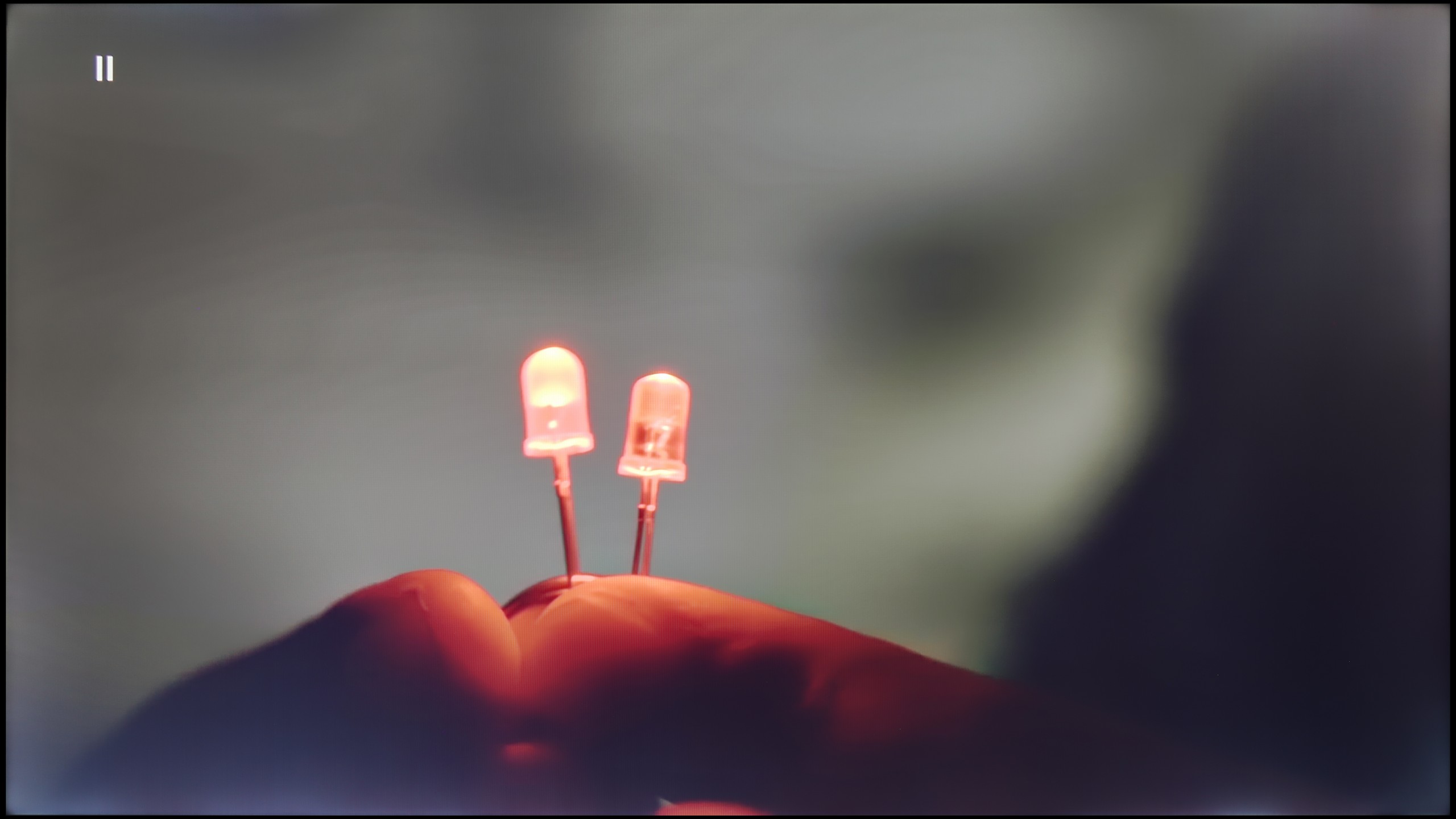
Image without overscan on the SD signal


In this paragraph, we will look at two functionalities. We will once again take a look at the function responsible for tonal transitions, but we will also check how the television handles image scaling. The option responsible for smooth gradation is the one called "Distortion Reduction." As we established, it quite effectively smooths out the choppiness. However, we must point out two things: we cannot enable it for HDR materials and that it blurs details in films. The tested television cannot boast the best image scaling. There is a noticeable overall blurriness of the image, but, worse, it blurs details. This is particularly visible on the branches and the hair of the model. A characteristic white halo around the character is also noticeable.
When it comes to how the Samsung U8000F handles lower-quality materials, we have to admit that Samsung has made progress compared to its predecessor from last year – the DU7192 model, which theoretically occupies the same place in the lineup.
This year's model is equipped with a function to improve the fluidity of tonal transitions, which has been implemented much better than last year. Yes, the television still uses quite strong algorithms that can distort details or remove film grain, but even so – it can be confidently said that it works effectively.
However, not everything went perfectly. The U8000F has noticeable issues with slight frame cutting when watching very old content in very low resolution. If someone plans to play their old VHS tape, they should be prepared for the image to appear slightly “cut off.”
Blur and motion smoothness
4/10
6/10

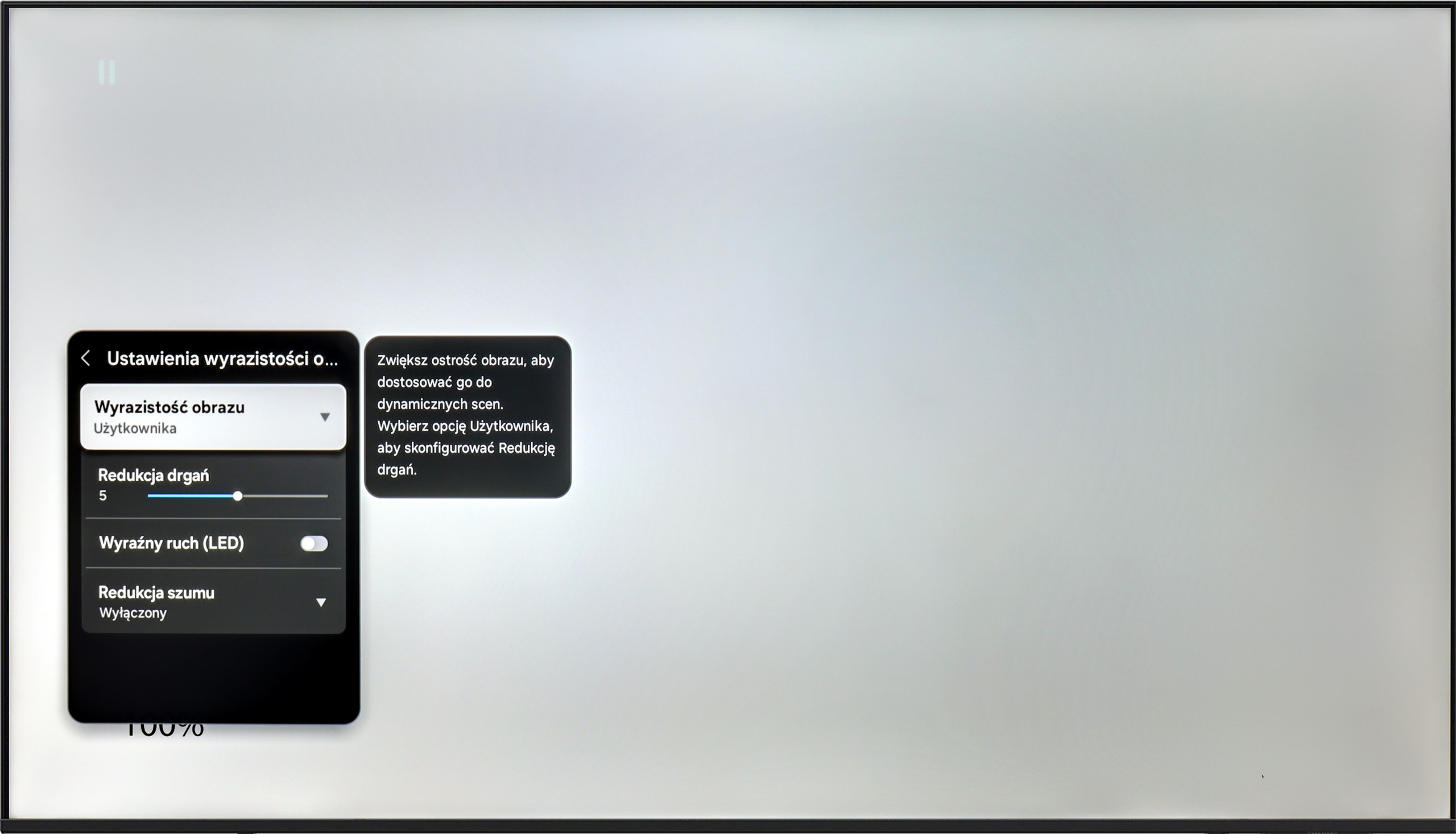
Blur (native resolution, maximum refresh rate):




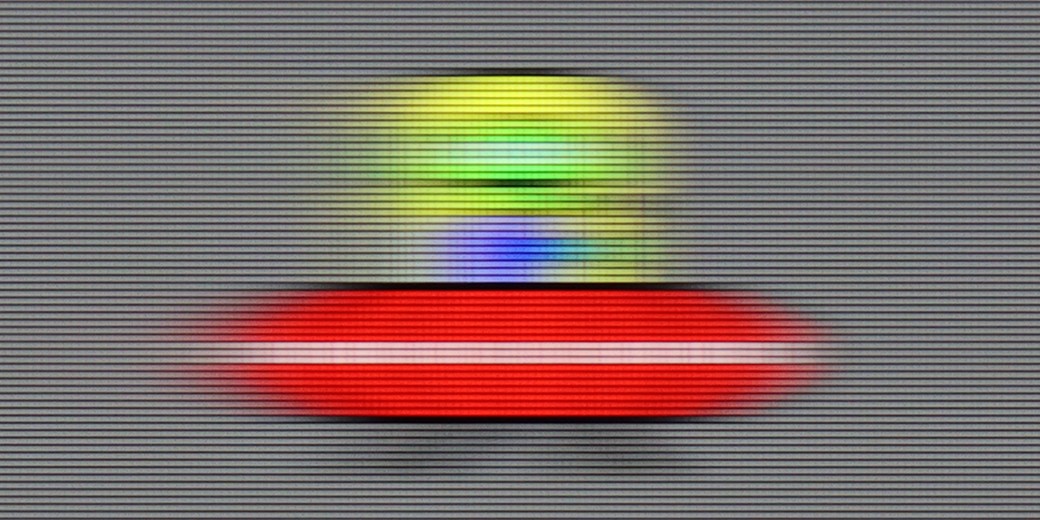

Philips PUS8359 is not the best choice for watching sports. The lack of even basic motion enhancement features means that the picture in dynamic scenes is not suitably clear. Despite using an IPS panel (43 and 55'), which theoretically should offer better sharpness than VA panel variants, there is no noticeable improvement in terms of motion blur. In fast-moving images, it is clear that the UFO character is distinctly blurred, which indicates that the television does not cope well with maintaining sharpness in dynamic shots.
The Samsung U8000F is equipped with a 60 Hz panel, so right from the start, it’s clear that we shouldn’t expect any miracles. This is simply the standard in this class – sufficient for everyday viewing, but without any fireworks.
The TV offers one motion smoothing slider – a feature called "Motion Blur Reduction", which allows us to adjust the smoothness of the image in movies. Higher settings provide a more "theatrical" and smoothed effect, while lower settings help retain the original character of the film with a slight 24p effect. Interestingly, there is a feature called "Clear Motion LED", which is a BFI mode – that inserts black frames between the frames of the picture to improve motion clarity. However, in practice, the screen flickers significantly when activated, and it should be regarded more as an experiment than something that realistically enhances gaming comfort.
Console compatibility and gaming features
4.7/10
4/10
- ALLM
- VRR
- VRR range48 - 60Hz48 - 60Hz
- Dolby Vision Game Mode
- Correct implementation of HGIG
- 1080p@120Hz
- 1440p@120Hz
- 4K@120Hz
- Game bar

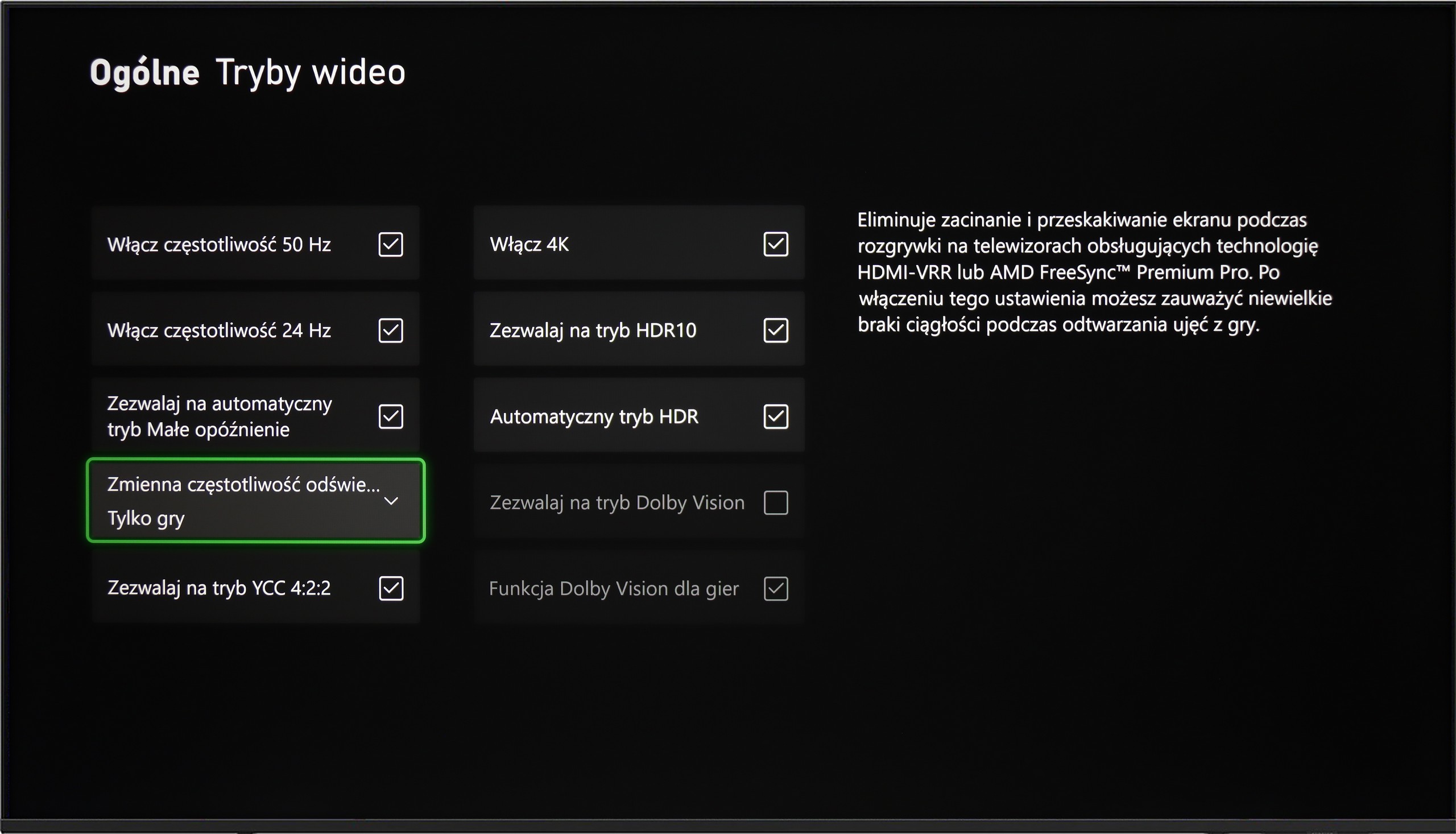



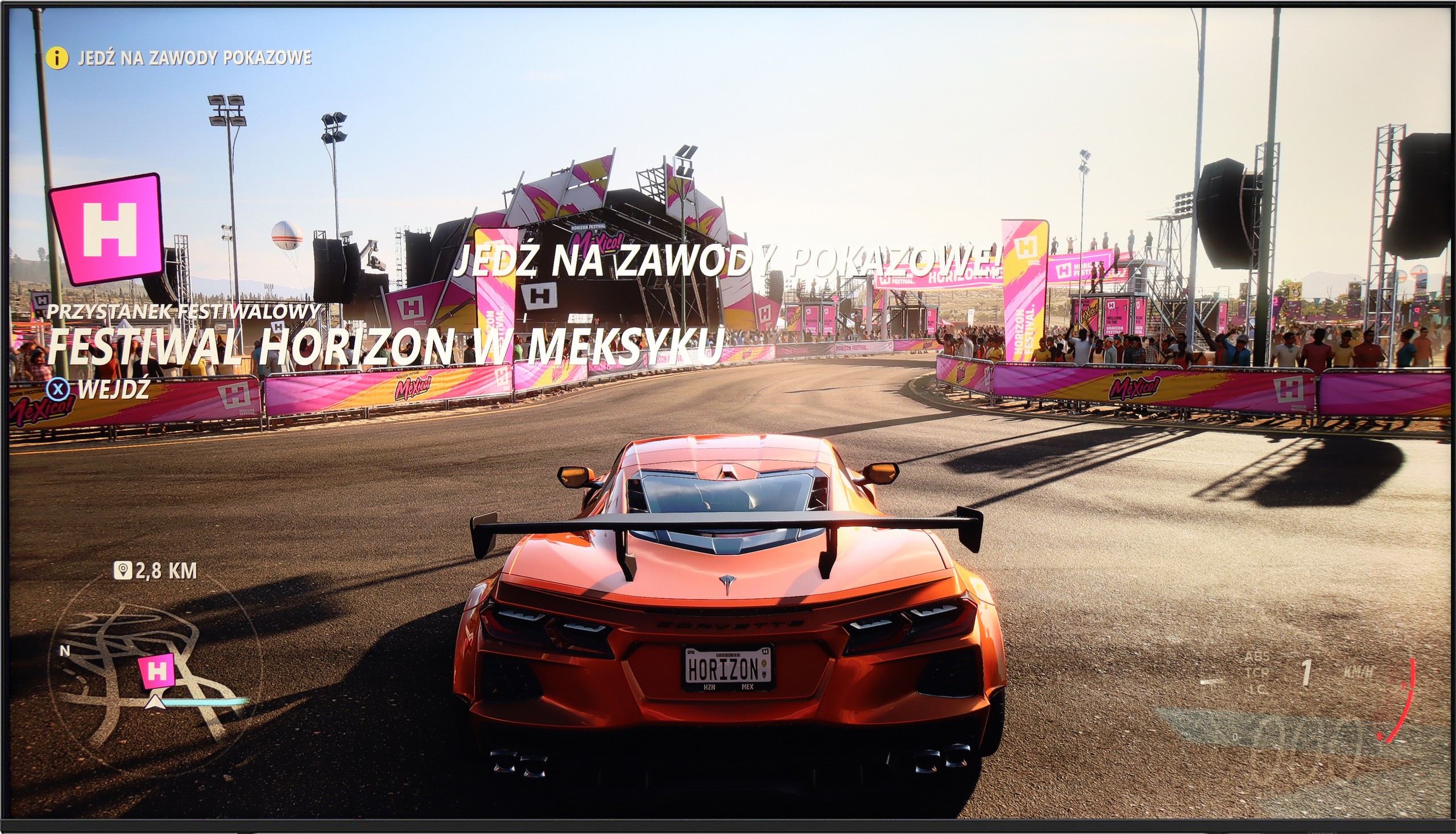


In terms of compatibility with consoles, the Philips PUS8359 is mainly suitable for casual gamers. Although the TV is equipped with an HDMI 2.0 port, it offers features such as Auto Low Latency Mode (ALLM), Variable Refresh Rate (VRR), and Game Bar. ALLM automatically switches the TV to low latency mode, facilitating quicker reactions during gameplay, while VRR smoothly adjusts the refresh rate, eliminating the issue of screen tearing. Game Bar provides quick access to game settings and real-time monitoring of parameters; however, in our opinion, it performs worse compared to competitors' solutions.
However, more demanding gamers may feel underwhelmed. The Philips PUS8359 does not support advanced HDR formats in games or higher refresh rates, which is due to the use of a 60 Hz panel. These shortcomings limit the TV's capabilities in delivering smooth and detailed experiences during fast-paced, dynamic gameplay.
Samsung U8000F offers a basic set of features for gamers, which nonetheless may be sufficient for less demanding users. We have an automatic game mode here – when a game is launched on the console, the TV automatically switches to low latency mode, which significantly improves response time. We also find the VRR feature, or variable refresh rate, which operates within a range of 48 to 60 Hz. This means that both Xbox and PS5 will not produce the "tearing" effect, as long as we stay within this range.
And unfortunately, that's about it for the advantages. Add-ons like Game Bar or higher refresh rates are reserved for the higher models of Samsung from the 2025 line. In theory, the TV also supports the HGiG feature, which should adjust HDR images to the intentions of game developers. Unfortunately – even though this feature appears in promotional brochures and store materials – its configuration on the Xbox console turned out to be... impossible in practice.
Input lag
10/10
10/10
SDR
HDR
Dolby Vision
Philips PUS8359 offers an exceptionally low input lag of below 10 ms, which is an excellent result. This makes the TV ideal for fast-paced games, ensuring quick reactions and smooth gameplay, which will surely be appreciated by both casual and more demanding gamers.
The Samsung U8092F performed phenomenally in our input lag tests. Regardless of the resolution or mode, the results were very low, which is truly impressive for this price range. It can be safely said that gaming on this television will not cause irritation due to significant delays between what we do on the controller and what we see on the screen. For most gamers, even those who are more demanding, this result should be more than satisfactory.
Compatibility with PC
6/10
6/10

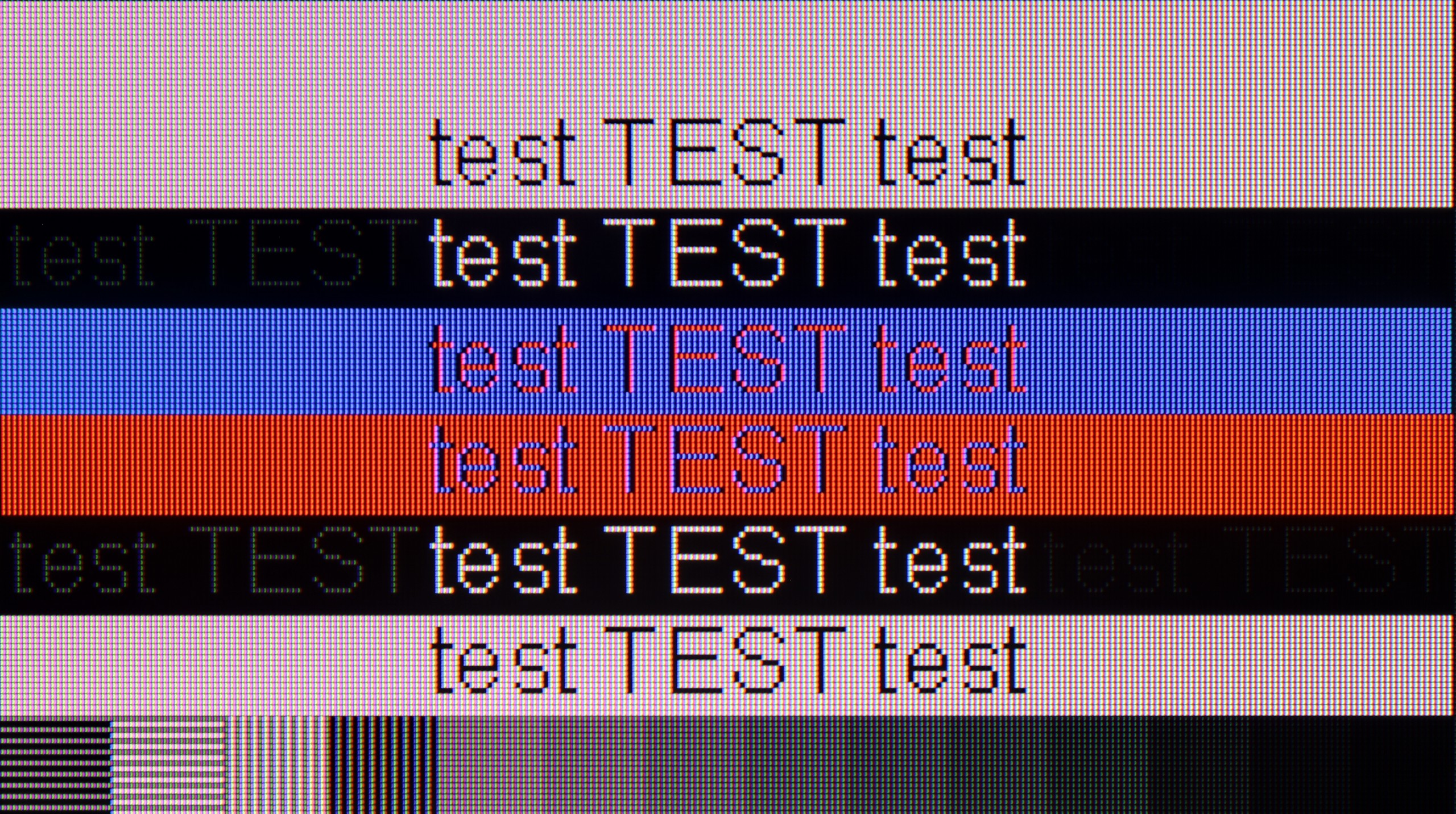
The Philips PUS8359/12 TV with an IPS panel offers quite good font readability thanks to support for chroma 4:4:4, making it suitable for office work and everyday computer use. Although the low input lag makes it gamer-friendly in terms of response time, the lack of support for G-Sync and the 60 Hz panel may not meet the expectations of more demanding users. For those looking for a TV for gaming, this can be a compromise – fast response is present, but the lack of higher refresh rate and adaptive sync affects its rating in the gaming category.
Working on a computer using this TV is a real pleasure. The Samsung U8092F supports chroma 4:4:4, and thanks to the layout of the sub-pixels in the IPS panel, text readability – regardless of color or size – is very, very good. The TV is also suitable for occasional gaming on PC, mainly due to its low input lag. However, one must keep in mind that the G-Sync feature does not work on this model, which is strange because VRR worked without any issues when it comes to the console.
Viewing angles
6.3/10
7/10
The viewing angles on the Philips PUS8359 TV are quite good, thanks to the use of an IPS panel (43' and 55'). The image remains readable and clear even when viewed from a greater angle, which is beneficial when watching content in a larger group or in rooms with non-standard layouts.
The viewing angles on the Samsung U8092F are very good – as is expected from an IPS panel. The picture doesn’t lose much in brightness or color saturation, even at greater angles from the axis. Of course, it's not on the level of organic screens – but it’s entirely sufficient for comfortably watching the image at an angle, e.g., from the side of the sofa.
TV efficiency during daytime
4.3/10
3.4/10

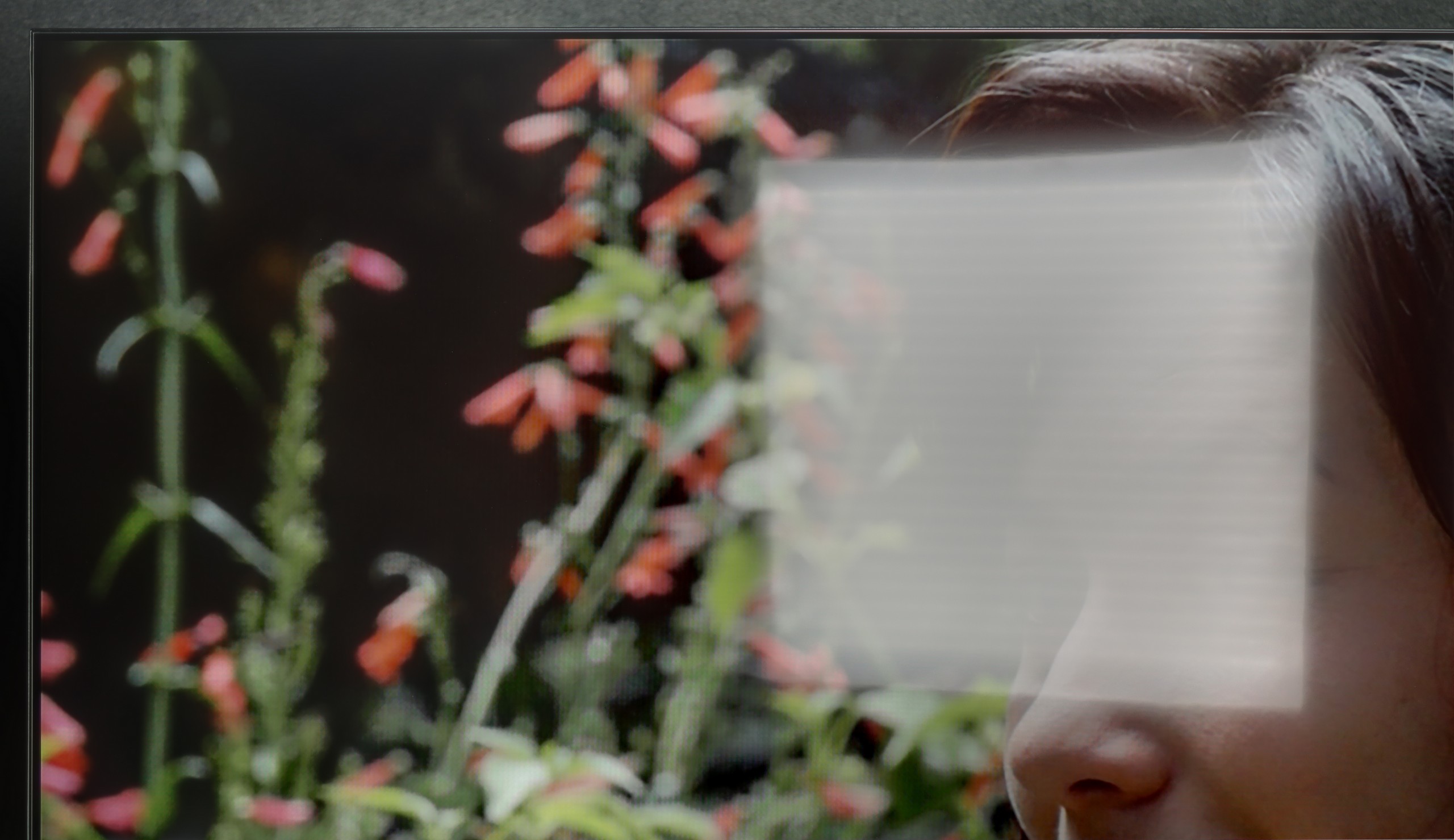

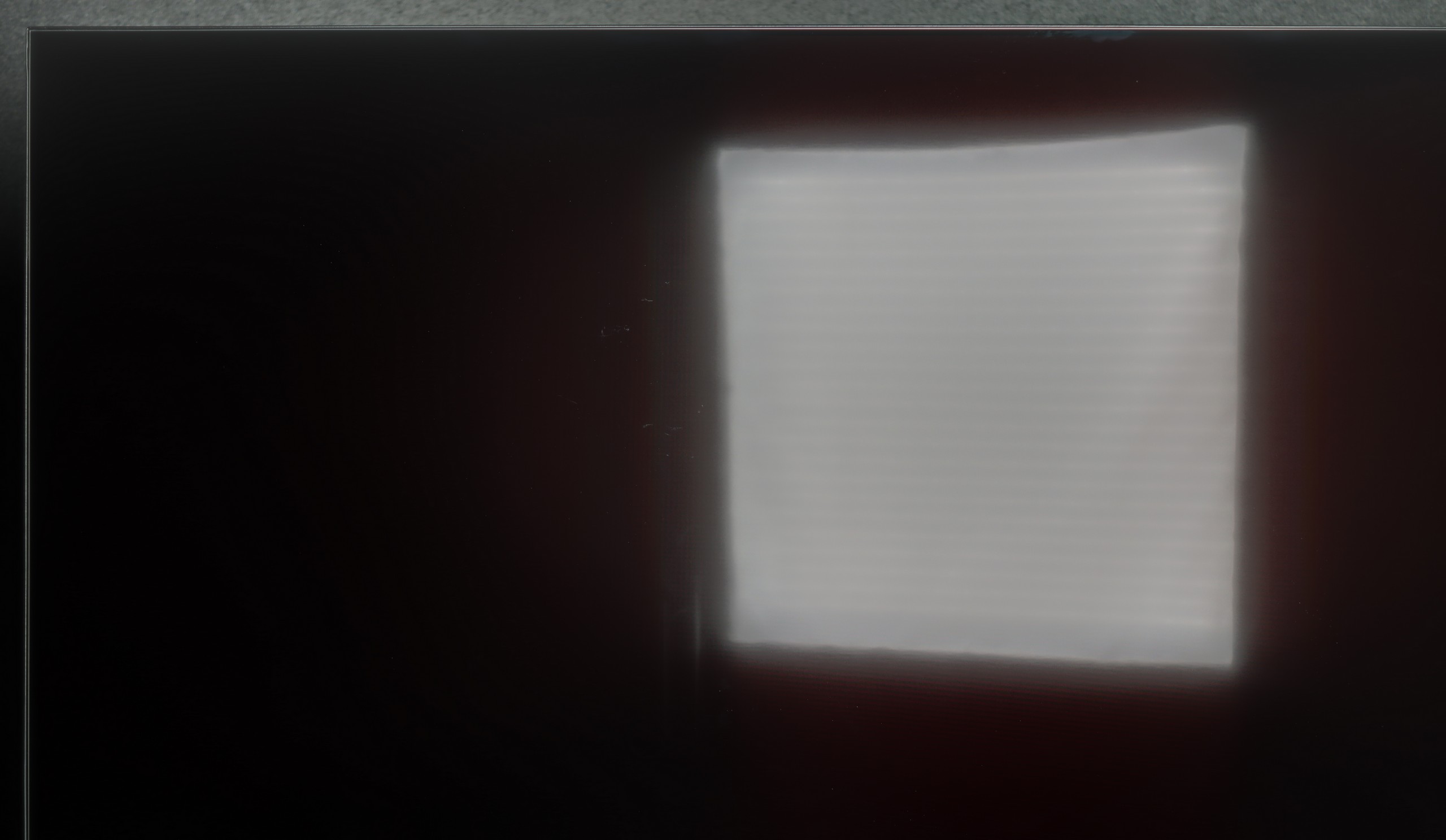
Matrix brightness
Average luminance SDR
Samsung U8000F (IPS): 218 cd/m2
Philips PUS8359 (IPS): 305 cd/m2
In terms of daytime performance, the Philips PUS8359 performs average. The satin coating of the panel moderately dampens reflections, which can be noticeable in bright rooms. A brightness level of 300 cd/m² is acceptable in this price range, but one should not expect exceptional results in more challenging lighting conditions.
Thanks to the satin coating of the Samsung U8092F matrix, it handles glare quite well. The screen does not act like a mirror, and the colors – considering the capabilities of this class of devices – remain fairly saturated, even in somewhat brighter conditions. Unfortunately, the coating itself cannot perform miracles. The television is simply too dark to effectively penetrate very challenging lighting conditions. If we place it in front of a light source (e.g., a large window or a strong lamp) – unfortunately, one must consider that not everything will be clearly visible on it.
Details about the matrix
Subpixel Structure:

Panel uniformity:
Philips PUS8359 (IPS)
Samsung U8000F (IPS)
TV features
5.7/10
5.6/10
- HDMI inputs3 x HDMI 2.0, 0 x HDMI 2.13 x HDMI 2.0, 0 x HDMI 2.1
- OutputsToslink (Optical audio), eARC (HDMI), ARC (HDMI), Mini-Jack (Headphones)eARC (HDMI), ARC (HDMI)
- Network InterfacesWi-Fi 2.4GHz, Wi-Fi 5GHz, Ethernet (LAN) 100MbpsWi-Fi 2.4GHz, Wi-Fi 5GHz, Ethernet (LAN) 100Mbps
- TV receptionDVB-T, DVB-T2, DVB-S, DVB-S2, DVB-CDVB-T, DVB-T2, DVB-S, DVB-S2, DVB-C
Classic features:
- Recording to USB (terrestrial TV)
- Recording programming
- Picture in Picture (PiP)
- RF remote control (no need to aim at the screen)
- Backlit remote control
- Teletext
- Audio only mode
- Possibility to connect Bluetooth headphones to the TV
- Possibility to simultaneously use Bluetooth headphones and the TV speaker
Smart features:
- AirPlay
- Screen mirroring (Windows Miracast)
- Wyszukiwanie głosowe
- Voice search in native language
- Ability to connect a keyboard and mouse


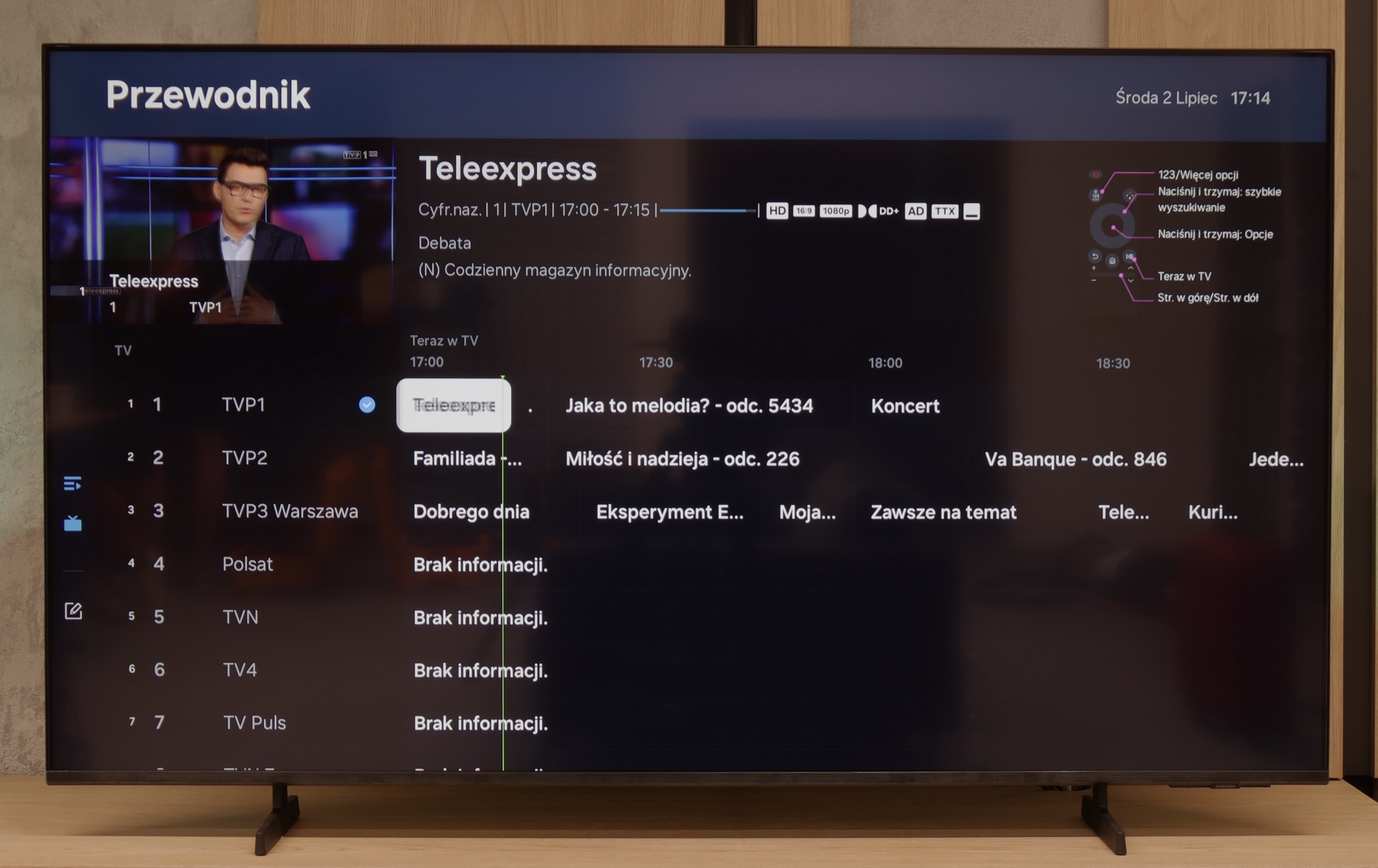

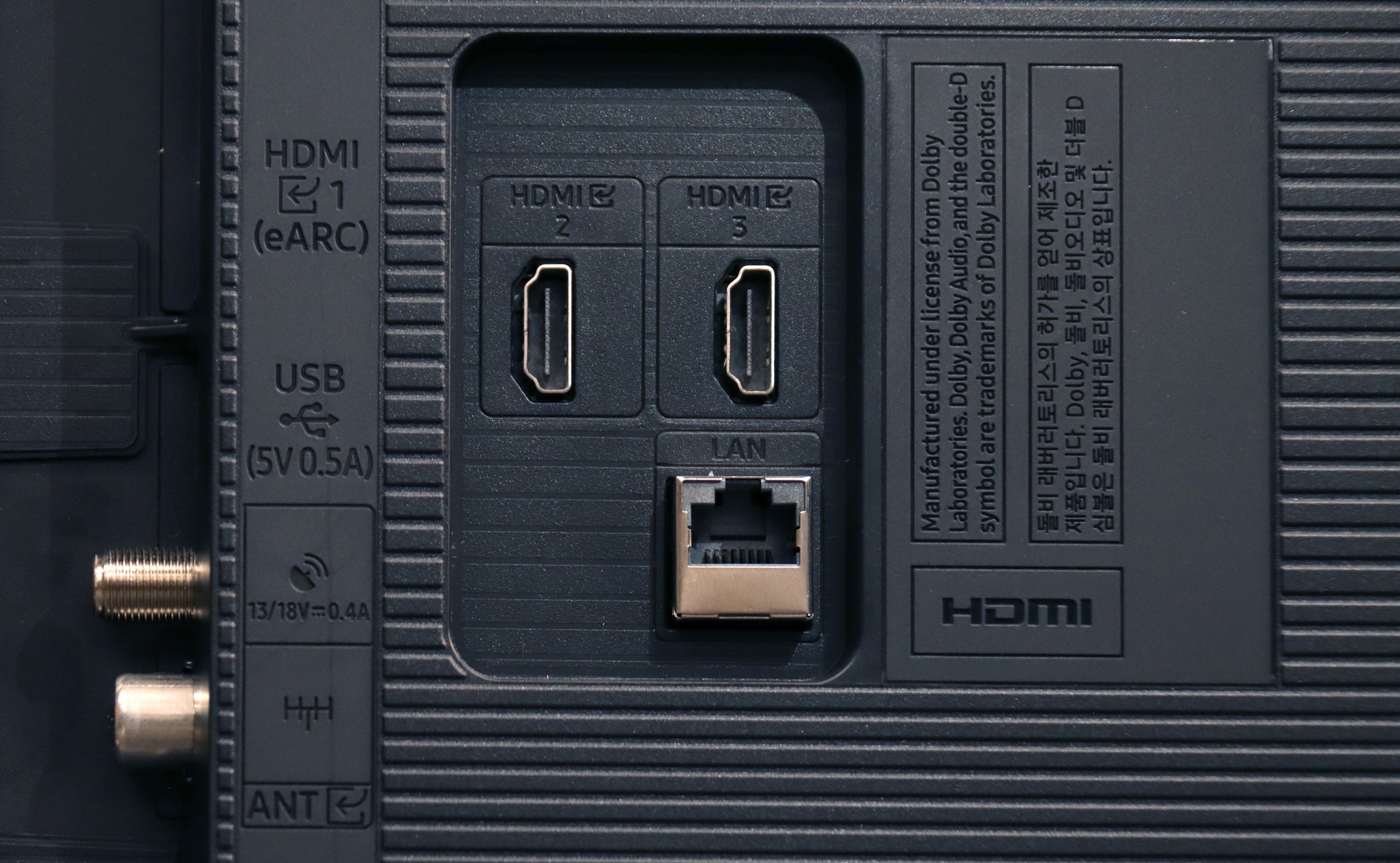
Philips has decided this year to change its approach to the operating system, replacing the previous open GoogleTV system with its proprietary TitanOS. As is often the case with new solutions, TitanOS is struggling with typical growing pains. Currently, it only offers basic applications, and the app store leaves much to be desired, which may disappoint users expecting a rich selection of programs. Additionally, the lack of support for AirPlay features and the inability to record to USB are further limitations that could affect the overall user experience.
An interesting feature in models with TitanOS is the new remote control, which is very convenient to use thanks to its backlighting. Unfortunately, its wireless operation is not entirely consistent. The hybrid design means that sometimes you have to aim at the TV, and other times you don't – it depends on the buttons being used. It's just annoying.
The most important feature of the Philips PUS8359 TV is the three-sided Ambilight system, which significantly enhances the viewing experience. The LED lighting placed on the sides and top of the TV creates an immersive effect, extending the image beyond the screen and matching the colors to the displayed content. For many users, this is a key element that makes viewing sessions more engaging and sets the TV apart from competitors.
Samsung U8092F – like all this year's models from this brand – runs on the Tizen operating system. The system itself is really well developed: we have access to many applications (though not all), a well-developed smart home support, and various add-ons, including exclusive Samsung apps. There are also features like AirPlay or Chromecast, which make it easy to connect a phone to the TV and transfer multimedia.
Unfortunately, since this is Samsung's cheapest series in 2025, the manufacturer did not decide to include a solar remote. In the package, we find a classic infrared remote, which visually resembles a newer version, but unfortunately lacks voice functions. As for typically "TV" features – it lacks recording functions and PiP (picture-in-picture) mode. On the plus side, however, HDMI eARC works well, allowing you to easily control devices from the set such as a decoder or soundbar – and it really works seamlessly.
Playing files from USB
8/10
8.7/10
Supported photo formats:
Maximum photo resolution:

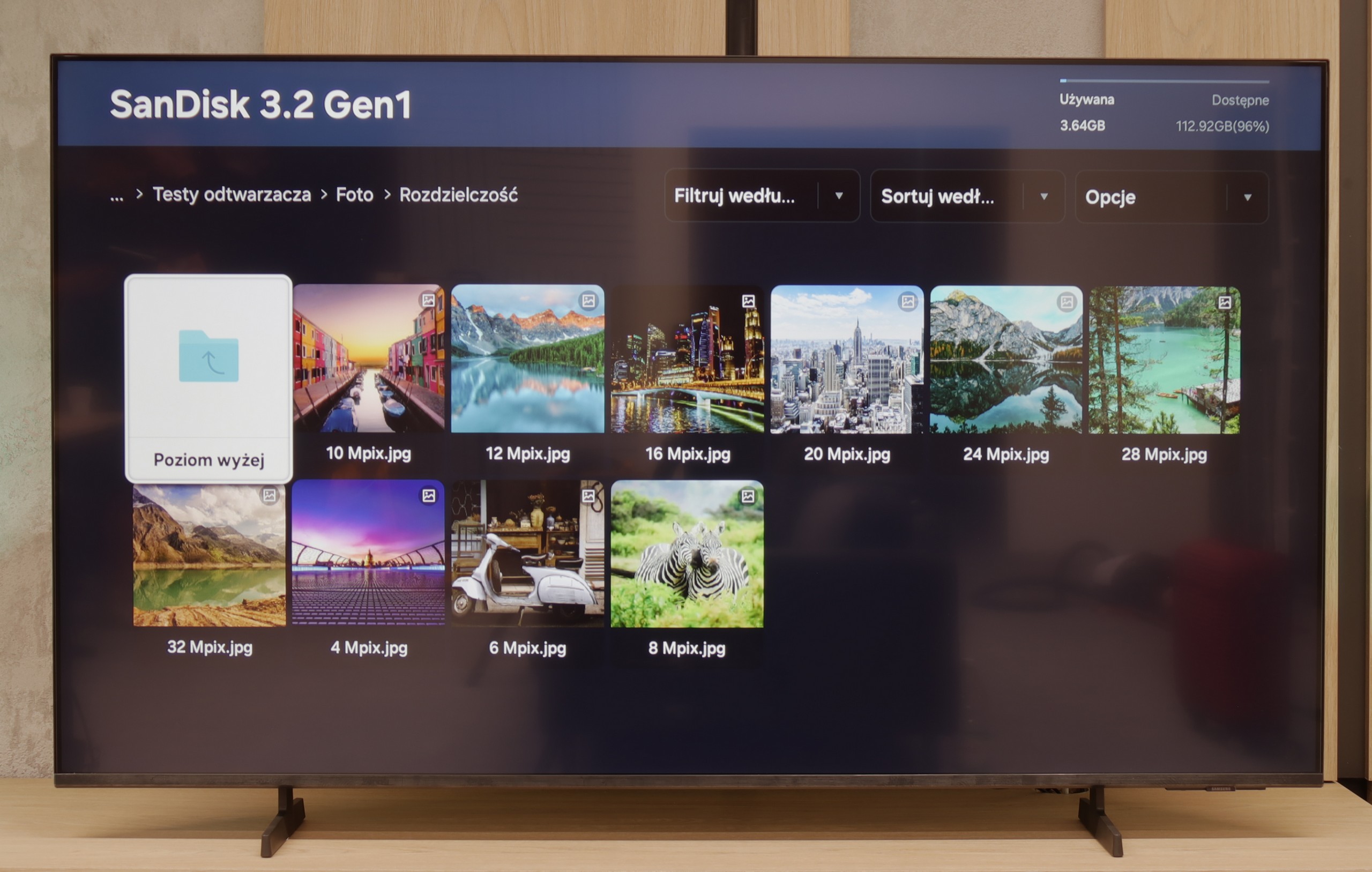
The default media player built into the Philips PUS8359 offers quite a wide range of capabilities but also has its limitations. It plays practically all video formats, with the obvious exception of Dolby Vision and the less obvious .asf, which is not commonly encountered. However, there are issues with the lack of the H.265 HEVC codec at high bitrate. When it comes to photos, the player performs adequately, but it lacks support for some popular resolutions and formats, such as HEIC, which is used on Apple devices. The player performs best with audio, where it has no faults. Unfortunately, due to system limitations, there is no possibility to expand its functionalities, which means we are left with what the manufacturer has prepared.
Samsung U8092F handles playback of files rather smoothly – the television supports most popular audio and video formats. Of course, it does not support Dolby Vision, but we simply will not find that in any Samsung model.
There may be some reservations regarding the support for external text files – those that the user would like to add as subtitles to a movie. During our tests, the television only played TXT files, and other formats, such as SRT or SUB, unfortunately did not work. This may not be a problem for everyone, but it's worth knowing. Perhaps this is an issue to be improved in the future with an update to the television's operating system.
Apps
7/10
8.3/10














































Sound
6.1/10
5.7/10
- Subjective sound quality:6.1/105.7/10
- Dolby Digital Plus 7.1:
- Dolby True HD 7.1:
- Dolby Atmos in Dolby Digital Plus (JOC):
- Dolby Atmos in Dolby True HD:
- DTS:X in DTS-HD MA:
- DTS-HD Master Audio:
The audio system in the Philips PUS8359 features a standard speaker setup of 2x10 W, which is unlikely to surprise enthusiasts of high-quality sound. At moderate volume levels (up to 50% of the maximum level), the sound remains tolerable and does not cause significant distortions. For better audio experiences, we definitely recommend connecting even a simpler soundbar. With support for Dolby Atmos and DTS, the TV works well with external audio systems.
U8092F doesn't pretend to have a home theater onboard. We get a standard set of 2 x 10 W, which sounds decent, but without much excitement, though with a slight bass. For everyday viewing, this audio setup is completely sufficient. We were pleasantly surprised that it was able to play a movie with the built-in Dolby Atmos codec (JOC) – although, of course, we're not talking about true surround sound here.


